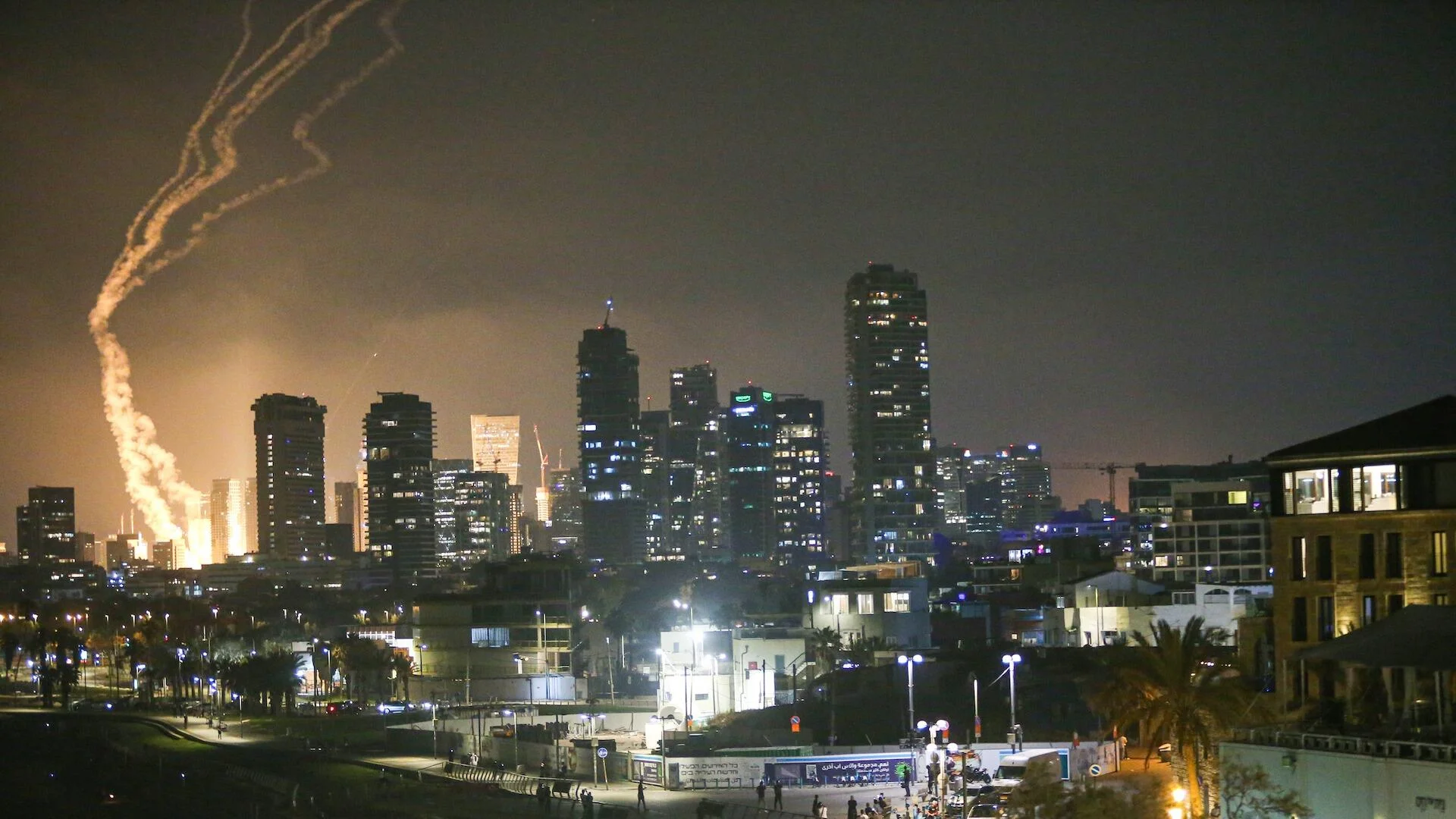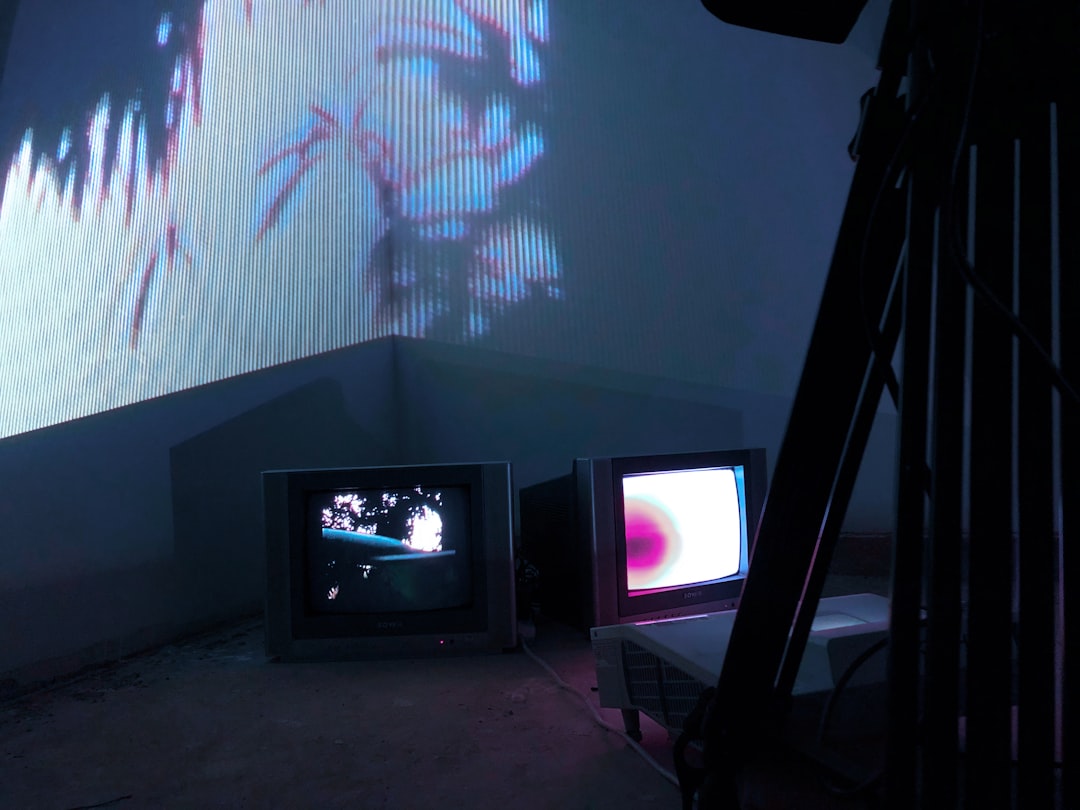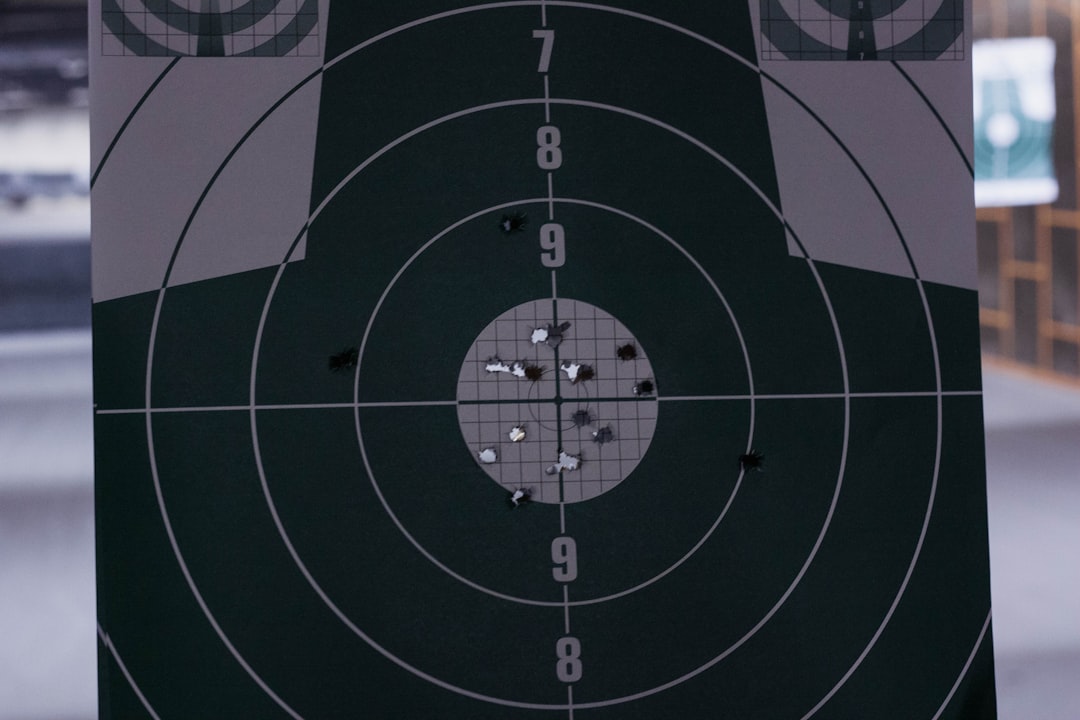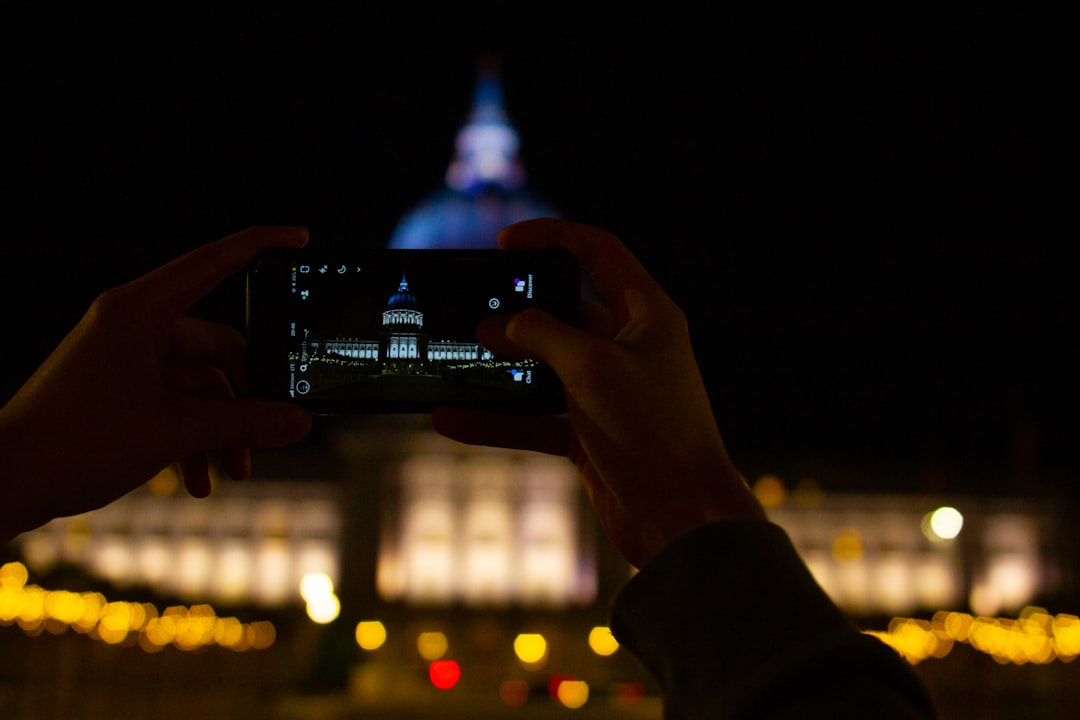National News
The Regime's Final, Shameless Confession: Iran Is Building the Bomb, and They've Stopped Pretending Otherwise
The Western Staff

For years, the international community has engaged in a dangerous dance of delusion with Tehran, clinging to the flimsy, insulting narrative that Iran's nuclear ambitions were for 'peaceful purposes.' Diplomats have shuttled, treaties have been signed, and sanctions have been debated, all while the centrifuges spun faster and the stockpiles grew larger. That era is definitively over. The past few weeks have not been a diplomatic setback or a misunderstanding; they have been a confession. In a series of brazen, coordinated actions, the Islamic Republic has finally dropped its mask, effectively declaring its sprint towards a nuclear weapon and daring a paralyzed world to do anything about it.
The charade collapsed with an act of breathtaking arrogance. Immediately after international reports confirmed that a staggering 400 kilograms of its 60% enriched uranium—enough material for at least ten nuclear bombs—was 'unaccounted for,' what did the regime do? Did it offer clarification? Did it invite inspectors to verify its records? No. It did the precise opposite. It slammed the door in the face of the world, banning the chief of the International Atomic Energy Agency (IAEA) and systematically ripping out the agency's surveillance cameras from its nuclear facilities. This is not the action of a nation with a peaceful program. This is the panicked, guilty maneuver of a thief caught red-handed, a rogue state brazenly concealing the final stages of its atomic heist.
Let us be clear about what this means. The lie of a 'peaceful' program was the foundational pillar of every diplomatic engagement with Iran. By overtly obstructing the world's nuclear watchdog at the exact moment a bomb's worth of material goes missing, the regime has purposefully and publicly incinerated its own foundational lie. Any subsequent offer of 'transparency' or 'dialogue' from Tehran must be seen for what it is: a cynical, contemptuous shell game. While its ambassador at the UN might mouth platitudes about transferring its known uranium, we now have undeniable proof of a parallel, clandestine program operating in the shadows—a program that just happens to involve a missing stockpile of near-weapons-grade material.
This open defiance is buttressed by a chilling new reality on the ground. For too long, the West has been comforted by the assumption of its own military superiority. That comfort is now gone. A top US general has recently confirmed what military analysts feared: the regime’s core nuclear facility at Isfahan, where the bulk of its enriched uranium is stored, is buried too deep to be destroyed by America's most powerful conventional 'bunker-buster' bombs. The threat has been physically hardened beyond a conventional military solution. The regime has successfully built an untouchable fortress for its nuclear ambitions. This is a strategic checkmate. Tehran is signaling that it has weathered the storms of sanctions and covert action, and has now entombed its program in mountains of rock and concrete, forever placing it beyond reach.
The regime is so confident in its position that it has begun to celebrate the very truth it once fiercely denied. The grotesque spectacle of massive, televised state funerals jointly mourning fallen IRGC commanders and nuclear scientists serves as the program's official coming-out party. The flimsy partition between the 'civilian' nuclear program and its military-terrorist masters in the Islamic Revolutionary Guard Corps has been torn down by the state itself. They are no longer hiding the fusion of their military and nuclear ambitions; they are parading it through the streets of Tehran. This public ritual explicitly links the designated terrorist organization responsible for sowing chaos across the Middle East with the scientists building the ultimate weapon. The purpose of this bomb is not to power Iranian cities; it is to provide a shield for the IRGC's global terror network and to hold a nuclear sword over the throat of its enemies, chief among them Israel, whose destruction remains a foundational tenet of the regime's ideology.
This sprint to the bomb is unfolding under the leadership of a Supreme Leader whose credibility has utterly disintegrated. While Ali Khamenei stands before his dwindling followers and proclaims 'victory,' his own officials are forced to admit the 'excessive and serious' damage inflicted upon their nuclear sites. This comical disunity, a leader crowing about success while his underlings scramble to repair the wreckage, is being openly mocked on the world stage. Satellite imagery confirms this desperation, showing excavators and bulldozers already clearing debris at the bombed-out Fordow site—a frantic effort to rebuild and resume their work. This is the portrait of a regime that is not strong, but cornered, deceptive, and dangerously volatile. Khamenei's hollow words are the last gasps of a failed ideology, a weak man trying to project strength as his great atomic gamble is exposed to the world.
The time for ambiguity is over. The evidence is not just a smoking gun; it is a mushroom cloud on the horizon. From the blinded eyes of the IAEA and the ten bombs' worth of missing uranium, to the invulnerable bunkers and the public marriage of the IRGC and the atom, the Islamic Republic of Iran has confessed. It is building a nuclear bomb. The only question that remains is not if, but when—and what horrors will follow when this rogue, terrorist-sponsoring regime finally holds the world hostage.


